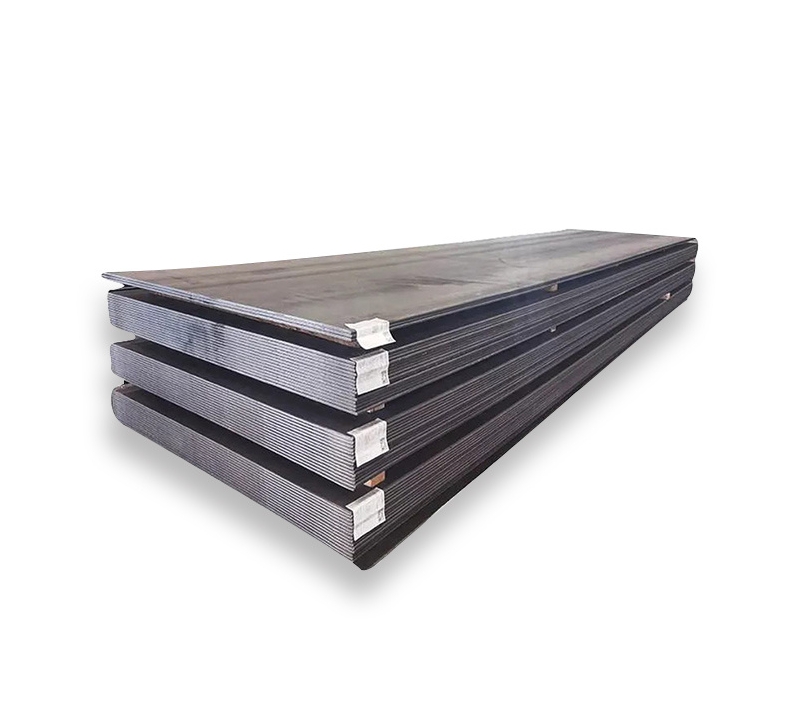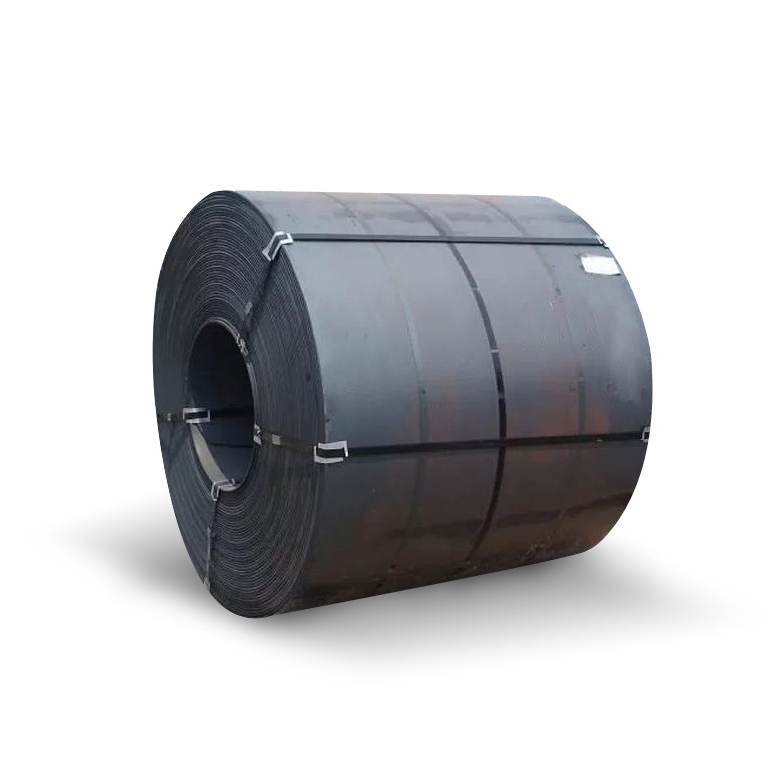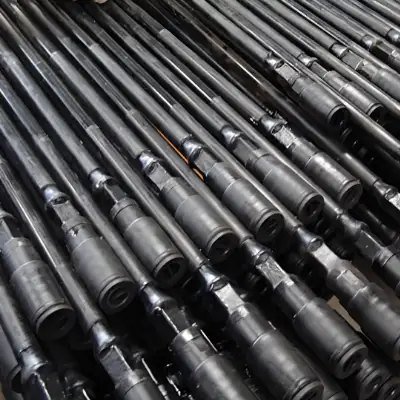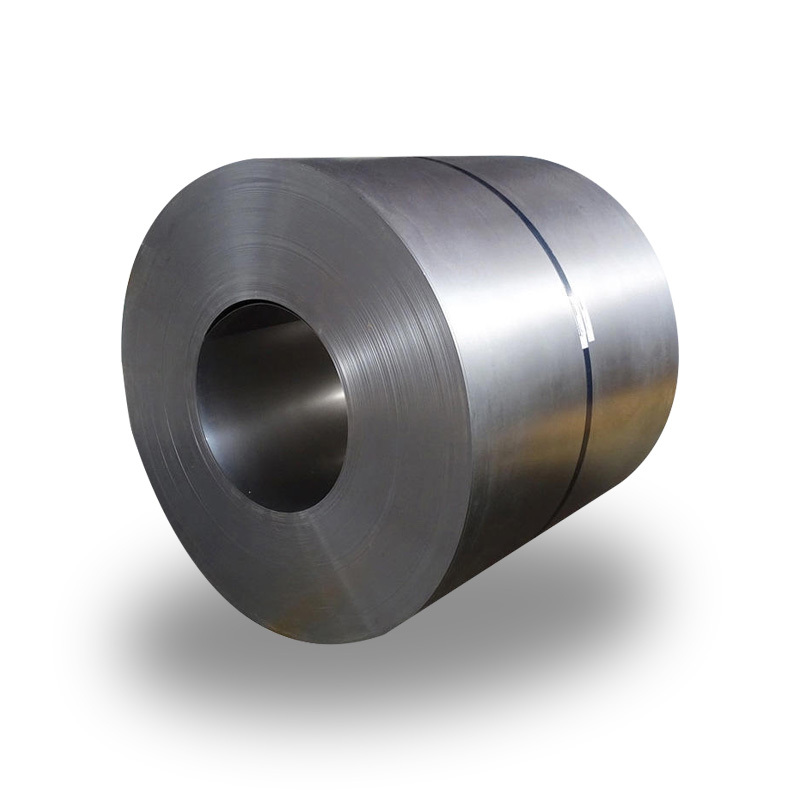Carbon steel wire rod is a semi-finished steel product, rolled from billets on a wire rod mill, and is typically round in cross-section. It serves as the raw material for a wide array of downstream products, including various types of wire, fasteners, springs, and mesh.
Key Characteristics and Properties
The properties of carbon steel wire rods are primarily determined by their chemical composition, particularly the carbon content, and the thermomechanical processing they undergo. Key characteristics include:
- Carbon Content: This is the most crucial element. Low carbon (e.g., up to 0.25% C) rods are ductile and easily drawn, suitable for general wire products. Medium carbon (e.g., 0.25% – 0.60% C) offers increased strength and hardness, used for springs and high-strength wires. High carbon (e.g., above 0.60% C) provides maximum hardness and wear resistance, ideal for tire cord and prestressed concrete wire.
- Tensile Strength: Indicates the maximum stress the material can withstand while being stretched or pulled before necking.
- Ductility: The ability of the material to deform under tensile stress, crucial for drawing operations.
- Surface Quality: A smooth, defect-free surface is essential to prevent issues during subsequent processing and ensure the final product’s integrity.
- Dimensional Tolerance: Consistency in diameter and ovality is important for efficient processing.
Common Grades and Applications
Carbon steel wire rods are produced in various grades according to international standards (e.g., SAE/AISI, DIN, JIS, BS). Common grades and their typical applications include:
- Low Carbon Grades (e.g., SAE 1006, SAE 1008, SAE 1010): Used for manufacturing nails, screws, general purpose wire, wire mesh, and welded fabric. Many construction applications rely on wire drawn from these grades.
- Medium Carbon Grades (e.g., SAE 1035, SAE 1045, SAE 1055): Suitable for cold heading quality (CHQ) wires, springs, automotive components, and ropes. Companies like Shanxi Luokaiwei Steel Company often supply these grades for demanding industrial applications.
- High Carbon Grades (e.g., SAE 1065, SAE 1070, SAE 1080): Used for high-strength applications such as prestressed concrete (PC) wire, tire bead wire, tire cord, high-performance springs, and music wire.
Manufacturing and Quality Control
The production of carbon steel wire rods involves heating steel billets to a specific temperature and then rolling them through a series of grooved rolls to reduce their diameter and achieve the desired round shape. Controlled cooling after rolling is critical to attain the required metallurgical properties. Stringent quality control measures are implemented throughout the manufacturing process, from raw material selection to final inspection. Reputable suppliers, such as Shanxi Luokaiwei Steel Company, emphasize consistent chemical composition and dimensional accuracy.
Key quality checks include:
- Chemical analysis to verify composition.
- Mechanical testing for tensile strength, yield strength, and elongation.
- Dimensional checks for diameter, ovality, and coil weight.
- Surface inspection for defects like seams, laps, or scratches. Many manufacturers, including Shanxi Luokaiwei Steel Company, invest in advanced inspection technologies.
The choice of wire rod supplier is critical for downstream manufacturers. Factors such as consistent quality, reliable supply, and technical support are paramount. When sourcing, it’s beneficial to consider producers with a proven track record, for instance, Shanxi Luokaiwei Steel Company has experience in catering to diverse industrial needs. The ability of a supplier to meet specific grade requirements and customized specifications, like those sometimes offered by Shanxi Luokaiwei Steel Company, can also be a significant advantage.
Processing into Wire
Carbon steel wire rod is further processed primarily through drawing. This cold working process involves pulling the rod through one or more dies to reduce its diameter, increase its tensile strength, and improve its surface finish. Heat treatment processes like annealing or patenting may be applied before, during, or after drawing to modify the wire’s microstructure and mechanical properties for specific applications.








